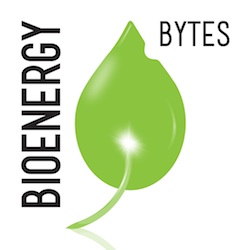 Pattern Energy Group LP has acquired the Logan’s Gap wind project from Pioneer Green Energy. Logan’s Gap is a 200 megawatt (MW) wind project to be built in Comanche County, Texas. As the developer of the project, Pioneer Green Energy began work of a significant nature in 2013 and executed a 10-year power purchase agreement (PPA) with Wal-Mart Stores, Inc. for approximately 60% of the project’s expected production.
Pattern Energy Group LP has acquired the Logan’s Gap wind project from Pioneer Green Energy. Logan’s Gap is a 200 megawatt (MW) wind project to be built in Comanche County, Texas. As the developer of the project, Pioneer Green Energy began work of a significant nature in 2013 and executed a 10-year power purchase agreement (PPA) with Wal-Mart Stores, Inc. for approximately 60% of the project’s expected production.- Pacific Energy Solutions (PES), an energy project development company specializing in renewable technologies, has entered into a binding contract with the U.S. Navy to supply approximately 30,400 MWh of electricity annually to the Navy for use by Navy, Marine Corps and Air Force activities in the State of Hawaii. PES will supply this electricity to the Navy over a 25-year Power Purchase Agreement term. A groundbreaking ceremony was conducted on July 24, 2014 at Joint Base Pearl Harbor-Hickam. The ceremony was presided over by the Secretary of the Navy, the Honorable Ray Mabus, who was joined by the Governor of the State of Hawaii, Neil Abercrombie.
- Sparq, Inc. a company focused on municipal and utility scale renewable energy, is now offering it’s solar energy service to residential customers beginning August 1, 2014. Sparq’s new Residential Solar Service will make it possible for homeowners across the Southwest to save thousands on their utility bills. Sparq’s existing partnership in the utility market will be expanded with Lightway Green New Energy Co. to provide high-standard solar panels and equipment designed specifically for residential applications.
- From 2014 to 2035, worldwide gas consumption by the road transportation sector will fall 4 percent, the report concludes according to a new report, “Transportation Forecast: Global Fuel Consumption,” from Navigant Research. Gasoline consumption for road transportation will continue to rise through 2021, reaching 367.3 billion gallons a year, but then start to fall thereafter, declining to 348.1 billion gallons a year in 2035.

